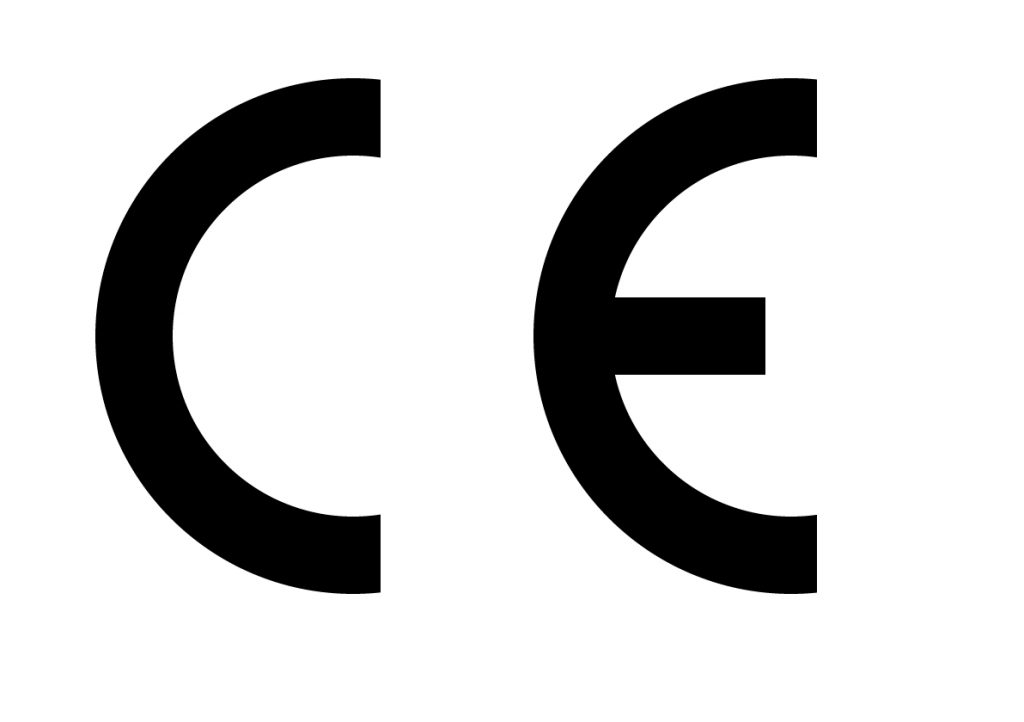When building a home, more factors need to be taken into consideration than just the use of weatherproofing.

When you’re designing a large building, it can be a long process with many factors to take into consideration. These factors include visual appeal, ease of use & efficiency, and the cost of the materials and where they’ll be sourced from.
While other elements are important, it’s crucial to ensure that a structure is well-protected. You can do this with a variety of features, but one easy way is to apply protection on the design and integrity of the building
Buildings can deteriorate quickly if not properly maintained, with common perils being wind damage, water damage, and snow damage. This can lead to defects such as: mould & corrosion or poor insulation.
This will only lead to a lot of trouble in the future if you do not try to prevent this from happening.
Why use Rainscreen Cladding?
Cladding as part of a rain screen can protect a building from moisture damage. If you’re worried about exterior reputation, it’s necessary to have cladding to protect your building’s ‘skin’ from water damage.
At the same time as providing protection against moisture, rain, and other elements, paint can also provide a finish that is visually pleasing and of a high-quality to the exterior of your building.
The cladding is made up of a cavity, an outer panel and an inner sheet. The wall caulk creates a gap between the outside of the building and the insulation material to prevent water from seeping into the wall.
The ventilated outer cavity is vented so that it encourages free air circulation. It has angled overhangs with screens that should prevent rainwater from ever finding its way inside.
What are some advantages for using a rainscreen cladding system?
The benefits of rainscreen cladding on your project are many. Not only does it make your building façade more energy-efficient, but it also makes the exterior look better. The best benefit of rainscreen cladding is that it prevents water from entering the insulation and reducing its effectiveness.
Rainscreen cladding is a type of exterior wall cladding that creates a water-tight seal against rain. It has been typically used for roofing and facades, but it can be used for interior walls too. It is typically made of polyester, fiberglass, or aluminum and can be painted to match the color of the building.

The construction is stable and noise-free. One of the benefits of using a rainscreen cladding is that it provides protection against rainwater, snow, and wind.
The benefits of using a rainscreen cladding are plentiful. The advantages include:
- – Rainscreen cladding is often more affordable than other types of cladding.
- – Rainscreen cladding is more durable, less expensive, and easier to maintain than other types of cladding.
- – Rainscreen cladding provides protection against water, snow, and wind.
- – Rainscreen also prevents sunlight penetration and reduces energy loss due to its thermal properties.
- – Rainscreen cladding is fire resistant, which decreases the risk of fires.
And much more….
What are the benefits of cavity wall insulation?
A rainscreen facade has an air cavity to allow for constant air circulation. This is a great way to keep your home cool and comfortable during the warmer days.
Cavity wall insulation is a material that is installed in the walls of a building to reduce heat transfer and energy loss. The most common type of cavity wall insulation is fiberglass-based, but it can also be made of cellulose or polyurethane. There are many benefits to installing cavity wall insulation including reduced energy costs, a reduction in temperature fluctuations, and improved comfort levels.
The lower opening of the rainscreen facade is equipped with a ventilation flashing to prevent the entry of insects, debris and small mammals.






